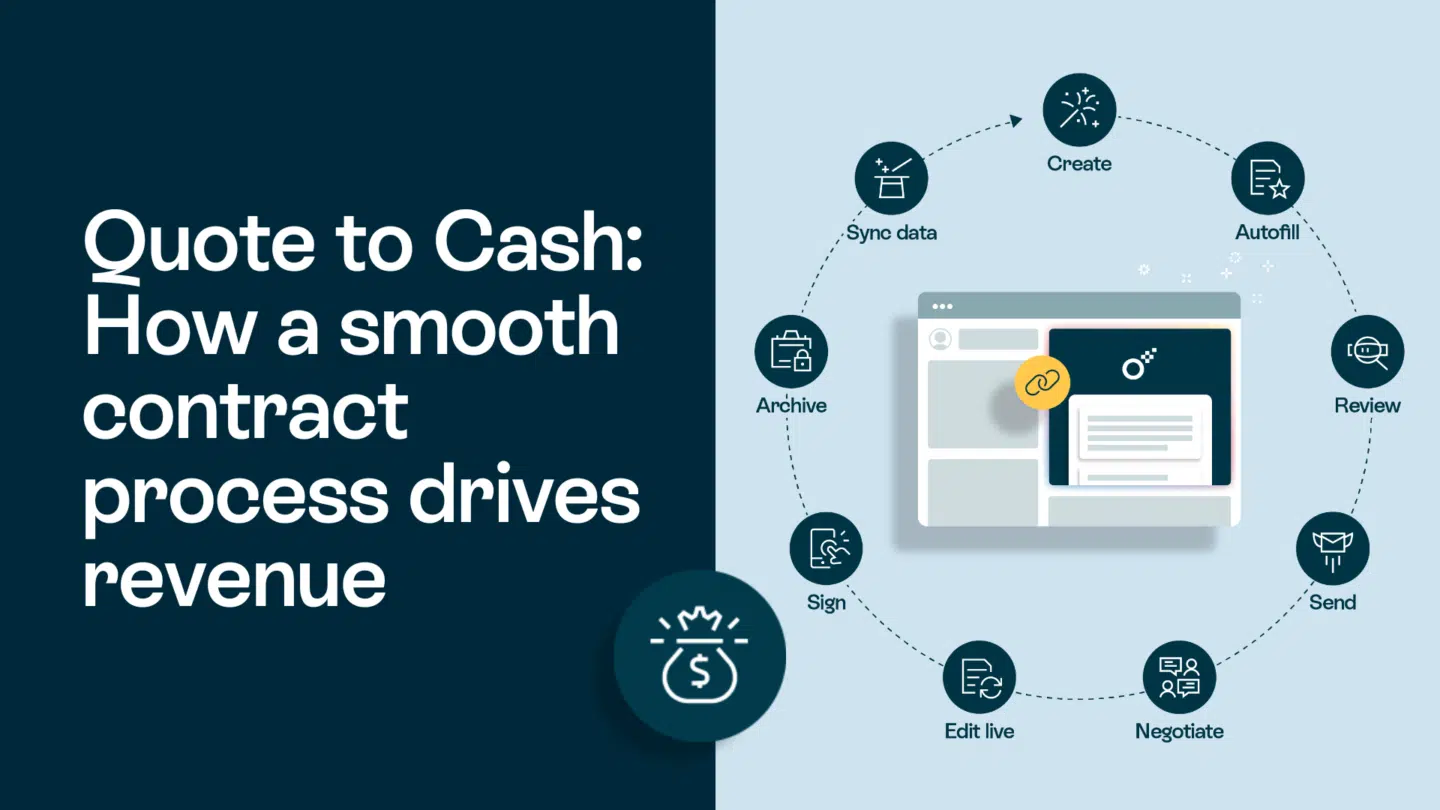Writing a consulting agreement can be a daunting task, especially if you are new to the world of consulting. However, with the right understanding and approach, you can create a compelling agreement that showcases your expertise and convinces potential clients to choose your services.
In this article, we will explore the basics of writing a consulting agreement, the essential components it should include, as well as some tips and common mistakes to avoid. So let’s dive in and learn how to write a consulting agreement that stands out from the crowd.
What is a consulting agreement
A consulting agreement is a document that outlines the details of a consulting project and presents a solution to the client’s problem or challenge. It serves as a bridge between you and the client, showcasing your understanding of their needs and how you can provide value through your services.
When crafting a consulting agreement, it is important to consider the specific needs of the client and tailor your approach accordingly. This involves conducting thorough research and analysis to gain a deep understanding of their industry, competitors, and current challenges. By doing so, you can develop a comprehensive agreement that addresses their unique situation and offers practical solutions.
Read also: Remove pains in your recruitment process

How to define a consulting agreement
At its core, a consulting agreement is a persuasive document aimed at convincing the client to choose your consulting services. It should clearly define the scope of the project, the approach you will take, and the expected outcomes. The goal is to demonstrate your expertise, credibility, and understanding of the client’s unique situation.
When defining the scope of the project, it is essential to be clear and specific. This helps manage client expectations and ensures that both parties are on the same page. Additionally, outlining the approach you will take demonstrates your strategic thinking and problem-solving abilities. By presenting a well-thought-out plan, you instill confidence in the client that you have the necessary skills and knowledge to deliver results.
Why do we need a consulting agreement
A well-crafted consulting agreement plays a crucial role in winning new clients. It not only outlines the services you will provide but also sets expectations, establishes your professional reputation, and shows the client why you are the right choice. A compelling proposal can make all the difference in securing a consulting project.
One of the key benefits of a consulting agreement is that it allows you to showcase your expertise and highlight your unique value proposition. By clearly articulating your skills, experience, and track record of success, you differentiate yourself from competitors and position yourself as the best candidate for the job.
Furthermore, a consulting agreement helps establish a solid foundation for the client-consultant relationship. It provides a clear roadmap for the project, outlining the timeline, deliverables, and milestones. This transparency fosters trust and ensures that both parties are aligned in their expectations.
Read also: How to win contracts for freelancers: The only guide you need
Essential components of a consulting agreement
When it comes to writing a consulting agreement, certain components are essential to include:
Executive summary
The executive summary is like the opening statement of your proposal. It provides an overview of the entire document, highlighting the key points and capturing the client’s attention. Keep it concise and compelling, focusing on the benefits of your services.
An effective executive summary should not only summarize the proposal but also create a sense of excitement and urgency. It should clearly communicate the unique value proposition of your consulting services and how they can address the client’s specific needs and challenges.
Additionally, the executive summary can include a brief introduction about your consulting firm, highlighting your expertise, experience, and success stories. This will help build credibility and establish trust with the client right from the start.
Problem statement
The problem statement is where you demonstrate your understanding of the client’s needs and challenges. Clearly articulate their problem or pain point, elaborating on why it is essential for them to address it. This section is crucial for establishing rapport with the client and showing that you can deliver a solution.
When crafting the problem statement, it is important to conduct thorough research and gather relevant data to support your claims. This will not only strengthen your argument but also show the client that you have taken the time to understand their industry, market, and specific situation.
Furthermore, you can provide examples or case studies of similar challenges you have successfully addressed for other clients. This will demonstrate your expertise and ability to provide effective solutions in a variety of contexts.
Use these free business templates from Oneflow
Proposed solution
After identifying the problem, present your proposed solution. Describe the approach you will take to tackle the client’s challenges and achieve their goals. Highlight the unique value your expertise brings to the table and how it aligns with the client’s objectives.
When outlining your proposed solution, it is important to be specific and detailed. Clearly explain the steps you will take, the methodologies you will employ, and the resources you will utilize. This will give the client a clear understanding of how you will address their problem and what they can expect from your consulting services.
In addition, you can provide examples of similar projects you have successfully completed, showcasing the positive outcomes and benefits your solutions have generated. This will further strengthen your credibility and instill confidence in the client that you can deliver the desired results.
Writing a consulting agreement: Timeline and deliverables
Provide a detailed timeline that outlines how long the project will take and what deliverables the client can expect at each stage. Be realistic with your timeframe and ensure that the proposed timeline aligns with the client’s expectations and priorities.
When creating the timeline, consider factors such as the complexity of the project, the availability of key resources, and any potential dependencies or constraints. This will help you set realistic deadlines and manage the client’s expectations effectively.
In addition to the timeline, clearly define the deliverables that the client can expect at each stage of the project. This can include reports, analyses, recommendations, or any other tangible outcomes that will contribute to solving the client’s problem and achieving their goals.
By providing a comprehensive timeline and clearly defined deliverables, you will demonstrate your professionalism and commitment to delivering results in a timely manner. This will instill confidence in the client and increase the likelihood of securing the consulting engagement.
Read also: How to create online contracts: A step-by-step guide

Tips for writing a consulting agreement that stands out
Now that you understand the essential components, here are some tips to make your consulting agreement stand out:
Tailoring the proposal to the client
Every client is unique, and their needs may vary. Tailor your proposal accordingly by researching the client’s industry, challenges, and goals. Use this information to customize your approach, showcasing your understanding of their specific situation and how you can add value.
Highlighting your expertise
A consulting proposal is an opportunity to showcase your expertise and experience. Include relevant case studies, client testimonials, or success stories that demonstrate your track record of delivering results. Showcasing your credibility will instill confidence in the client’s decision to choose your services.
Being clear and concise in the proposal
Avoid using jargon or overly technical language that may alienate the client. Use clear and concise language to communicate your ideas effectively. Make sure your proposal is easy to read and understand, ensuring the client can grasp the value you are offering without confusion.
Read also: How to write a freelance contract in 4 steps

Common mistakes to avoid in a consulting agreement
While it’s essential to know what to include in your consulting agreement, it’s equally crucial to be aware of common mistakes that can hinder your chances of success:
Overcomplicating the proposal
Keep your proposal simple and focused. Be mindful of using overly complex language, intricate diagrams, or excessive details that may overwhelm the client. Remember, clarity and simplicity are key to effectively communicating your ideas.
Neglecting the client’s needs
Make sure you truly understand the needs and objectives of the client before drafting your proposal. Failing to address their specific challenges or tailoring the proposal to their situation may signal that you are not the right fit for the job. Take the time to do your research and ask the right questions.
Ignoring the competition
Competition in the consulting industry is fierce. Acknowledge the existence of competing firms and clearly articulate why your services stand out. Differentiate yourself by highlighting your unique approach, expertise, or innovative solutions that set you apart from the competition.
The key takeaways
Writing a consulting agreement requires a thoughtful approach and attention to detail. By understanding the basics, including essential components, following best practices, and avoiding common mistakes, you can create a compelling proposal that gives you a competitive edge. So, next time you sit down to draft a consulting agreement, remember these tips and guidelines to increase your chances of success.








